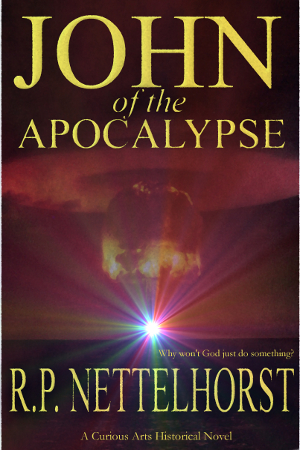Fifty-four years ago, on April 9, 1959 NASA picked its first group of astronauts. There were seven of them and they instantly became household names: Alan Shepherd, Gus Grissom, John Glenn, Scott Carpenter, Wally Schirra, Gordon Cooper, and Deke Slayton. Called the Mercury Seven, they are also sometimes referenced as the Original Seven, or more formally, Astronaut Group 1. NASA’s latest astronaut class is now Group 20, which joined in 2008; Group 21 should be named sometime this year.
The Mercury Seven were famous before they did anything except train for their spaceflights. They appeared on television, in magazines, and newspapers and were treated like modern rock stars.
Since then, hundreds of astronauts have followed them into space. Very few of them are well-known. If you asked the average person to name a current astronaut, he or she would likely have trouble. Most of the astronauts since those first seven have flown in obscurity. The average person would be hard pressed to give the names of either of the two astronauts currently circling the globe inside the International Space Station. In fact, most people would be surprised to even know that American astronauts are currently in space, and in fact have been continuously in orbit since November of 2000. Seven is the normal crew size now of a single shuttle flight. And come May, seven astronauts—the sum total of the entire astronaut corps of 1959—will be flying to the Hubble Space Telescope to conduct its final repair and upgrade mission.
But in 1959, space travel was fresh and new and we were worried about the Soviet Union, which at the time seemed to be beating us in all things space-related. They had beaten us to orbit with the first satellite, Sputnik 1, launched less than two years earlier in October 1957. And in 1961, Yuri Gagarin , a Soviet citizen, would be the first man to orbit the earth, a feat that would not be matched until John Glenn rode an Atlas booster into space in February 1962, when he became the third person to reach orbit. The Soviets had managed to launch a second person into space before he made his first flight.
Interestingly, astronauts of the Mercury Seven are the only astronauts to fly aboard all the human rated spaceships that NASA has flown up to now. Six of the seven rode in the one-seat Mercury capsule. Three would go on to fly on the next generation spaceship, the two passenger Gemini. Three would fly on Apollo, the three person spaceship designed to go to the moon (another would die on the launch pad in Apollo 1, which never flew). One of those three, Alan Shepard, Jr. made it to the surface of the moon on Apollo 14. And one, John Glenn, would even fly on a Space Shuttle.
Of the seven original astronauts, only two of them are still alive: Scott Carpenter and John Glenn.
All told, as of January, 2013, only 530 human beings, from 38 countries have reached 62 miles or more above Earth and can therefore be said to have flown into space. Of that number, 527 have reached low Earth orbit (more than half were Americans). Only 24 have traveled beyond Low Earth orbit to either circle or land on the moon (and three out of those 24 did it twice).
John Glenn, one of the original Mercury Seven astronauts, besides having the distinction of being the first American to orbit the Earth, is also the oldest human being to ever go into orbit. He was 77 years old when he flew on STS 95 in 1998 on-board the twenty-fifth flight of Space Shuttle Discovery (and the 92nd mission flown by a Space Shuttle). Gordon Cooper’s claim to fame, as the last of the Mercury Seven to fly in a Mercury spaceship (Deke Slayton would not fly until he got a trip aboard the last Apollo mission, the joint rendezvous Apollo-Soyuz Test Project, in 1975), was to be the last American to ever fly into space by himself (not counting the suborbital trips of SpaceShipOne). Since then, there have always been at least two aboard any American spacecraft.
As of today, eighteen astronauts have died during spaceflight (not counting those who died in ground accidents). The loss of life occurred on four missions: thirteen Americans, three Russians, one Ukrainian, and one Israeli.
Only one of the Mercury Seven astronauts died on the job: Gus Grissom. He was killed in an accident in 1967 aboard Apollo 1 during routine testing on the launch pad. A fire, started by a spark from bad wiring, ignited in the cabin of his capsule, killing him along with his two crewmates, Roger Chaffee, a rookie who had never been in space and Edward White, the first American to perform a spacewalk.
The other four Mercury Seven astronauts who have died succumbed to illness and old age.
 Send to Kindle
Send to Kindle
 A Year With God
A Year With God A Year With Jesus
A Year With Jesus The Bible's Most Fascinating People
The Bible's Most Fascinating People The Bible: A Reader's Guide
The Bible: A Reader's Guide Antediluvian
Antediluvian Inheritance
Inheritance John of the Apocalypse
John of the Apocalypse Somewhere Obscurely
Somewhere Obscurely The Wrong Side of Morning
The Wrong Side of Morning